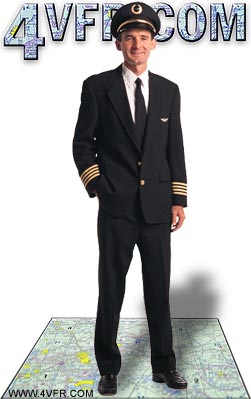 We Help You Pass
We Help You Pass
Our free online study guide really works. You can study for your FAA private pilot ground school exam right now. For more info about the 4VFR.COM project, click here. You can find a daily update log here.
Live ATC Audio Streams
Tune into live air traffic control frequencies from North America. This feature requires Real player. Start listening to ATC now!
Reference Library
Our glossary lists and databases have grown quickly. I am working to create an on-line reference library to tie together all the loose ends. You can check out what is currently available in the library
FAA Practice Exam - New!
Introducing our newly enhanced practice exam. Now with figures!. Take a test a day for a week, and I guarantee you will do better on your exam. Get Started Now!
Show your support for 4VFR.COM - Link us. Bookmark us. Tell your mother about us. Press CTRL-D to bookmark this site now!. Check out one of our proposed T-Shirt Designs.
Feature Article: Emergency Procedures
Use of checklist
Emergency descent
Situations where required
Advantage of using flaps
Speeds within 5 knots
Recognizes need for and performs descent from 3000 feet to 1500 feet in most rapid manner within safety limits. Airspeed + 5 knots of acceptable speed or POH.


Last Modified December 29, ©2025 TAGE.COM

